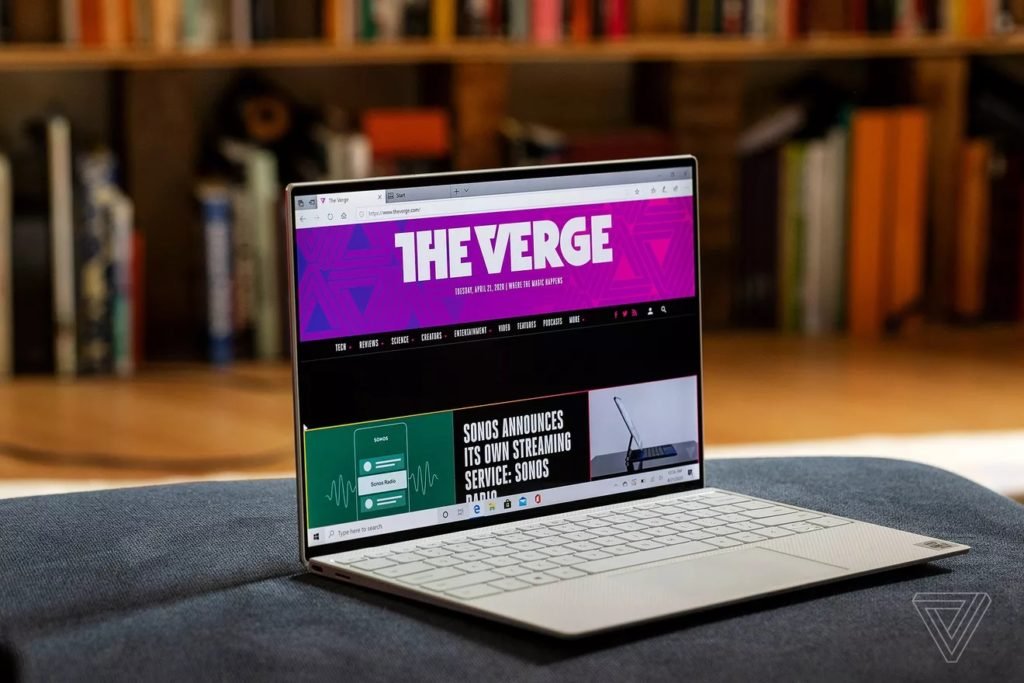Blog
BEST LAPTOP YOU CAN BUY
Welcome to our guide to the best laptops of 2020. We live in a world where smartphones are ubiquitous, tablets are commonplace, and even smartwatches are a thing that people talk about on the regular. But throughout all of these advances, the humble laptop has persevered — and for good reason. When it comes time to work, whether that’s editing photos, writing a lot of emails, composing documents, or staying in touch with colleagues and family, we’re here to help you find the best laptop for the job.
It’s getting harder to buy a bad laptop, but what separates the best laptops from good laptops is how they balance power, efficiency, portability, and comfort. The best laptop should have a fantastic keyboard and trackpad — after all, those are the two biggest reasons you’d choose a laptop over a smartphone or tablet. Its display should be easy on the eyes, bright, and sharp enough that you aren’t distracted by jagged edges and visible pixels. It should be powerful enough for most anything short of intensive video editing and advanced gaming. It should be easy to carry around from place to place, and it should be able to last all day without needing to be plugged in.
1. DELL XPS 13 (2020)
THE BEST LAPTOP YOU CAN BUY
IfIf you’re looking for a laptop that does just about everything right, we recommend Dell’s latest XPS 13. It features a sturdy build, 10th Gen Intel processors with powerful integrated graphics, and a nearly bezel-free 16:10 panel.
The display is what you’ll likely notice first. It has a 91.5 percent screen-to-body ratio with a bottom bezel of just 4.6mm. You can configure the XPS with a 1920 x 1200 pixel or 4K display, but the lower-resolution model should be adequate for anyone who’s not doing creative work. It delivers up to 500 nits of brightness (plenty for working in a bright room or even outdoors) and accurate, vivid colors. It’ll also give you significantly better battery life, in addition to the lower cost.
You can customize a number of other specs; the current base model has a Core i5-1035G1, 8GB RAM, a 256GB SSD, and a 1920 x 1200 non-touch display. (There’s allegedly a model with a Core i3 and 4GB RAM floating around, but it’s not currently listed on Dell’s website. You should avoid it if you see it.) We recommend this base model to anyone who just wants to browse; if you plan on gaming or creative work, it’s worth upgrading for more storage and RAM.THE LATEST XPS 13 EXCELS AT PRODUCTIVITY AND EVEN HAS ENOUGH POWER FOR LIGHT GAMING
The Ice Lake processor features Intel’s new Iris Plus integrated graphics, which delivered exceptional performance for an integrated GPU. You’ll still want a discrete graphics card for serious gaming, but you’ll have no problem running lighter fare like Overwatch and Rocket League. On those games, it delivers comparable performance to some lower-tier graphics cards, such as Nvidia’s MX150 that came in older versions of the Razer Blade Stealth.
2. MACBOOK AIR (2020)
THE BEST LAPTOP FOR MAC USERS
TheThe 2020 MacBook Air is the best option for most people who prefer the Apple ecosystem. The Air comes with 10th Gen Intel processors (though in a lower power variation than the XPS 13), a sharp Retina display, and a new scissor-switch keyboard. The base configuration (including a Core i3, 8GB RAM, and 256GB storage) comes in under $1,000, but we recommend that you go for, at minimum, the upgraded model with a Core i5 processor.
MacBook keyboards have been almost universally maligned for the past few years. But the 2020 Air inherited the new-and-improved keyboard from the latest 16-inch MacBook Pro, which brings back the “inverted T” arrow layout and keys with 1mm of travel. There’s no Touch Bar, but that’s a controversial feature already, and most users should be fine with the standard top row and function keys. It does retain the Touch ID fingerprint scanner for easy logins and payment authentication.THE MACBOOK AIR IS THE DEFAULT APPLE LAPTOP FOR MOST PEOPLE
You can configure the Air with three different Y-series chips, maxing out at a 1.2GHz quad-core Core i7. We had no problem with the 1.1GHz Core i5, though; it handled Chrome, Slack, Zoom, and Lightroom just fine, and had single-threaded Geekbench scores in line with those of the 16-inch MacBook Pro.
Where you might run into trouble is with heavy workloads that need to run for long periods of time, such as rendering graphics or exporting video. We witnessed some thermal throttling in these cases, and clock speeds were capped at less than half of the processor’s boost. That means if you’re doing heavy creative work or other tasks that really push the CPU, you’re likely to experience slowdown and a very loud fan.

